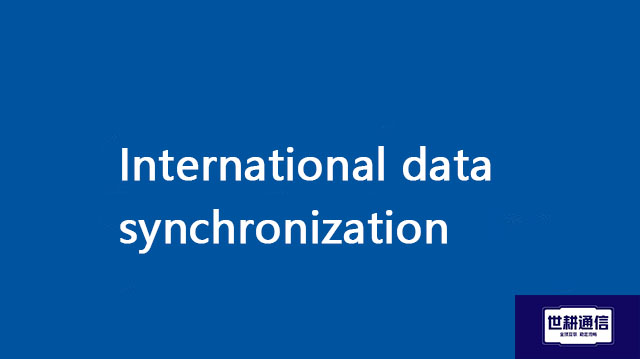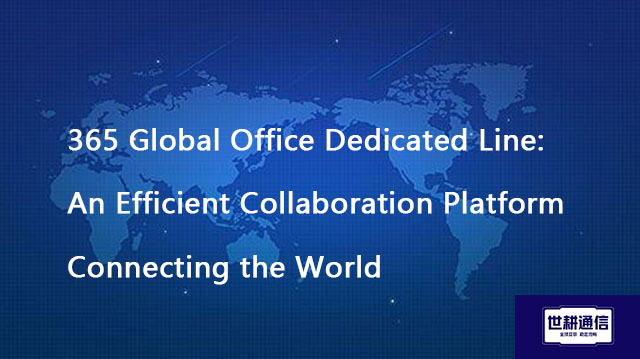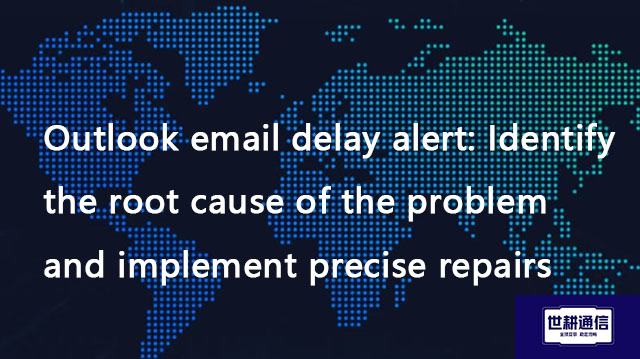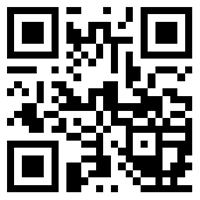International data synchronization//Global IPLC service provider of Shigeng Communication
一、In the context of globalization, multinational corporations need to frequently exchange data and share resources between different countries and regions. International data synchronization, as a key link in global operations, is of great significance in ensuring the consistency of enterprise information, improving business efficiency, and enhancing competitiveness. However, international data synchronization also faces many challenges, and this article will explore these challenges and corresponding solutions.
1. The challenge of international data synchronization
1. Network latency and bandwidth limitations
Due to the long geographical distance, international data transmission often encounters issues of high latency and bandwidth limitations. This results in slow data synchronization speed, affecting the efficiency of business processes.
2. Data consistency and integrity
Ensuring data consistency and integrity in cross time zone, cross currency, and cross language environments is a complex task. The data formats, encoding standards, and timestamps may vary in different regions, which can easily lead to data synchronization errors.
3. Compliance with regulations and data privacy
Different countries and regions have different regulatory requirements for data protection and privacy. Multinational corporations need to comply with the laws and regulations of each country when synchronizing data to ensure data security and compliance.
4. Security threats
During the process of international data synchronization, data may face the risk of eavesdropping, tampering, or leakage. Therefore, ensuring the security of data transmission is crucial.
5. Cost and complexity
International data synchronization involves multiple network nodes and complex network architectures, resulting in high costs and complex management. Enterprises need to invest a significant amount of resources in building and maintaining data synchronization infrastructure.
2. Solution for international data synchronization
1. Optimize network connectivity
a. Use dedicated network lines
The dedicated network line of Shigeng Communication can provide high-speed, stable, and secure network connections, reducing data transmission latency and packet loss rates. Deploy dedicated lines to connect data centers in different regions.
b. Utilize CDN and edge computing
Content distribution network (CDN) and edge computing technology can cache data to nodes closer to users, reduce data transmission distance, and improve data synchronization speed. Enterprises can deploy edge computing nodes in key areas to achieve localized processing and storage of data.
2. Data compression and encryption
a. Data compression
Through data compression technology, the amount of data transmission can be reduced and transmission efficiency can be improved. Enterprises can adopt efficient compression algorithms to compress transmitted data in real-time and reduce bandwidth requirements.
b. Data encryption
Adopting end-to-end encryption technology to ensure the security of data during transmission. Enterprises can choose strong encryption algorithms and implement strict key management strategies to prevent data from being eavesdropped or tampered with.
3. Real time synchronization and incremental synchronization
a. Real time synchronization
For applications that require real-time data interaction, a real-time synchronization mechanism can be adopted to ensure real-time consistency of data. Enterprises can use technologies such as message queues and stream processing to achieve real-time data synchronization.
b. Incremental synchronization
For data that does not require real-time synchronization, an incremental synchronization mechanism can be used to only synchronize the data that has changed, reducing synchronization time and bandwidth usage. Enterprises can use data version control and change log technology to achieve incremental synchronization.
4. Data standardization and conversion
a. Data standardization
Develop unified data formats and coding standards to ensure smooth integration of data from different regions. Enterprises can adopt international or industry standards to standardize data formats and coding.
b. Data Conversion
During the data synchronization process, necessary data conversion is performed to adapt to different data formats and encoding standards in different regions. Enterprises can use ETL (Extract, Transform, Load) tools to achieve automatic data transformation.
5. Regulatory Compliance and Data Governance
a. Compliance with regulations
Enterprises need to understand the data protection regulations of different countries and regions, and ensure that the data synchronization process complies with relevant requirements. Enterprises can establish compliance teams responsible for monitoring and managing data synchronization compliance.
b. Data governance
Establish a comprehensive data governance framework to ensure the quality, security, and consistency of data. Enterprises can implement strategies such as data classification, data grading, and data lifecycle management to improve their level of data governance.
6. Monitoring and maintenance
a. Real time monitoring
Establish a comprehensive network monitoring system to monitor the status and performance of data synchronization in real time, and promptly identify and solve problems. Enterprises can use network monitoring tools and application performance monitoring tools to achieve comprehensive monitoring of the data synchronization process.
b. Regular maintenance
Regularly maintain and optimize the network to ensure the stability and efficiency of the data synchronization infrastructure. Enterprises can develop maintenance plans, regularly inspect and upgrade network equipment and software.
conclusion
International data synchronization is one of the important challenges faced by global enterprises. By optimizing network connections, data compression and encryption, real-time synchronization and incremental synchronization, data standardization and conversion, regulatory compliance and data governance, as well as monitoring and maintenance measures, enterprises can effectively solve problems in international data synchronization, ensuring data consistency, security, and efficiency. In the future, with the continuous advancement of network technology and the continuous innovation of data synchronization solutions, international data synchronization will become more convenient and reliable, providing strong support for the global operation of enterprises.

二、Shigeng Communication Global Office Network Products:
The global office network product of Shigeng Communication is a high-quality product developed by the company for Chinese and foreign enterprise customers to access the application data transmission internet of overseas enterprises by making full use of its own network coverage and network management advantages.
Features of Global Application Network Products for Multinational Enterprises:
1. Quickly access global Internet cloud platform resources
2. Stable and low latency global cloud based video conferencing
3. Convenient and fast use of Internet resource sharing cloud platform (OA/ERP/cloud storage and other applications
Product tariff:
Global office network expenses | Monthly rent payment/yuan | Annual payment/yuan | Remarks |
Quality Package 1 | 1000 | 10800 | Free testing experience for 7 days |
Quality Package 2 | 1500 | 14400 | Free testing experience for 7 days |
Dedicated line package | 2400 | 19200 | Free testing experience for 7 days |







